Options for feeding tomatoes: folk remedies, mineral and organic fertilizers
Content
When to feed tomatoes
The beds for tomatoes are prepared in the fall, at the same time the main fertilization takes place. Usually, in the fall, the vacated areas of the garden are well dug up, at the same time they bring in humus or rotted manure. Many add mulch that has rotted over the season; it will have time to completely decompose in the soil until spring. It is best to do an analysis of the soil, and then add exactly those substances that it lacks for fertility. But most often, gardeners simply fertilize the plot with mullein, chicken droppings, compost.
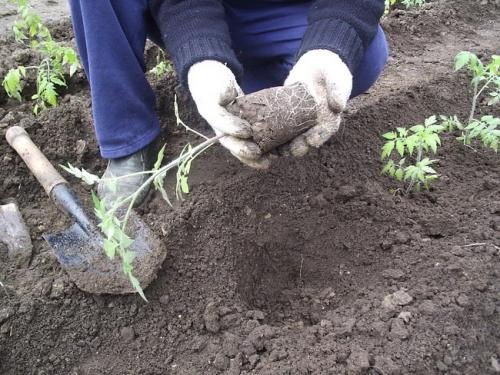
In the fall, the soil is saturated with phosphorus and potassium, corrected too dense or sour. So, it would be good to add peat and rotted sawdust to clay or loamy soil. To reduce acidity, you need to add ground limestone, fluff (slaked lime) to it, dolomite flour will also help. Chalk and wood ash are considered to be lighter deoxidizers. If the tomato beds were not fertilized in the fall, this is done in the spring, digging them up just before planting. In the spring, only rotted manure can be applied, not fresh manure.
The first time tomatoes are fed 2 weeks after planting seedlings in open ground. Then they are fed at the stage of ovary formation. Foliar dressing with boric acid solution is usually carried out at the flowering stage to stimulate the formation of tomato ovaries.

The condition of the soil determines the amount of dressings: someone almost every 2 weeks feeds their tomatoes on impoverished sandy loam soil, while someone does not need to do this at all on fertile black soil.
The condition of the plants will tell you what measures to take, and whether it is necessary at all. If the seedlings grow slowly after planting them in open ground, the leaves turn pale, it means that the tomatoes feel a lack of nitrogen. Excess nitrogen is characterized by too rapid growth of lush greenery, the plant is said to "fatten". This is also bad, because you can not wait for flowering and fruiting. With a lack of phosphorus, the leaves acquire a purple hue, and with an excess of phosphorus, they turn yellow and fall off, the ovaries can fall off. A lack of potassium leads to drying out of the plant, and its excess covers the leaves with dull spots.
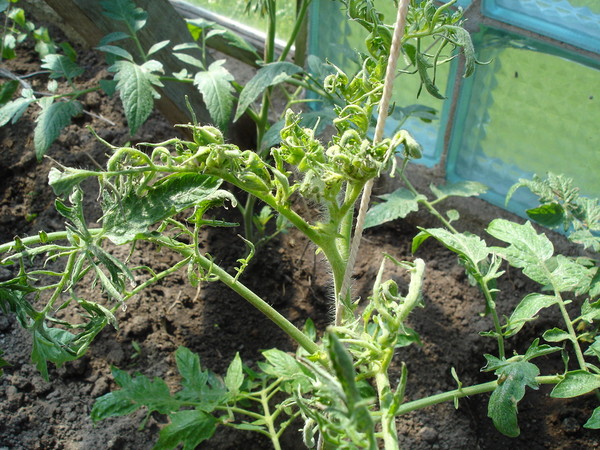
When rolling the leaves, plants in the open field are given a dose of potassium and nitrogen, but phosphates are excluded. Tomatoes need nutrition, but everything needs to be done wisely, if you overdo it with fertilizers, the plants will greedily take all of them from the ground, but the quality of the fruit may suffer from this. Experienced gardeners say that it is better to underfeed.
Fertilizers
Tomatoes will grow well and bear fruit abundantly in the open field (or greenhouse) if they receive certain macro- and microelements. Fertile soils contain them initially, and impoverished soils are specially fertilized.
The main among these elements are nitrogen, potassium, phosphorus and calcium - plants, in particular tomatoes and peppers, should receive them most of all. Nitrogen is most needed by tomato and pepper seedlings after planting in open ground and when buds are formed. Potassium promotes the formation of ovaries, regulates the moisture content of tomatoes.
But perhaps the most important for the growing season of a plant is phosphorus. Shortly after planting the seedlings, a purple tint of the leaves will report its lack. Calcium is essential for plants for good root and stem development, and for protection against diseases. But the balance between the amount of all these elements is very important. There are 2 main types of fertilizers - organic and mineral.
Organic
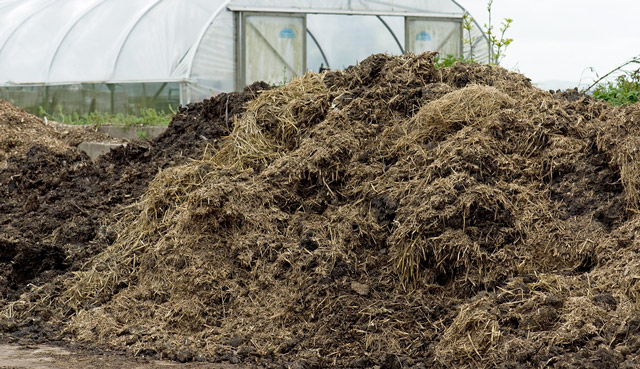 Organic fertilizers contain all of the above, as well as other elements, in addition to them, they also include organic substances of plant or animal origin, which in the right way affect the soil, making it fertile. Mullein, bird droppings, peat, silt, compost are all organic fertilizers. When they decompose, minerals are formed, and in the process of decomposition, carbon is still released, which participates in photosynthesis.
Organic fertilizers contain all of the above, as well as other elements, in addition to them, they also include organic substances of plant or animal origin, which in the right way affect the soil, making it fertile. Mullein, bird droppings, peat, silt, compost are all organic fertilizers. When they decompose, minerals are formed, and in the process of decomposition, carbon is still released, which participates in photosynthesis.
For tomatoes and peppers, manure and chicken droppings are very good organic supplements. They are usually used in the fall. Compost will be an excellent fertilizer for open ground, it will make the soil lighter, add drainage to it. There is a certain set of organic fertilizers based on folk remedies, which are used with wonderful results after planting tomatoes and peppers. This is a yeast mash, which is taken only 10 g, stirred with 10 liters of water, a little sugar is added, after which the tomatoes and peppers are poured with the resulting fermented liquid.
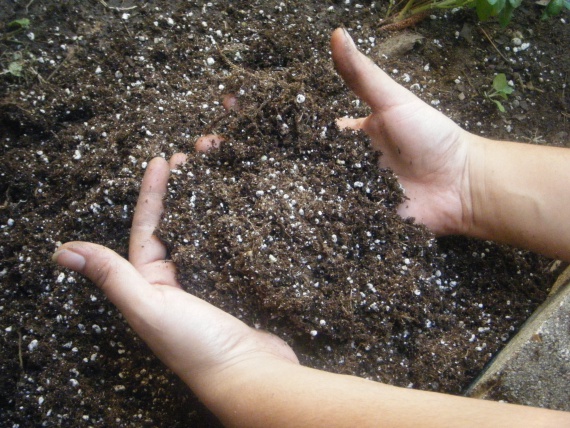
Mullein, manure, chicken droppings are diluted with water, allowed to wander, and then they fertilize the beds with the resulting slurry, diluting strongly with water. From weeds, cut grass, but best of all, a green tincture is made from nettle: the chopped grass is poured with water, stirring, insisted for several days, after the solution brightens, it is diluted tenfold with water and poured over the tomatoes. Green infusion of nettle, mash, and other folk remedies are successfully used to feed plants after they are planted in open ground.
Mineral
Mineral fertilizers are salts that represent the elements necessary for plants in chemical compounds, most often each of them carries some one element. They have their advantages and disadvantages, but they are simple to use - you can buy packaging with instructions in the store and do everything that is written. With the help of ammonium sulfate, ammonium sulfate, carbamide, the soil is saturated with nitrogen, but at the same time it is acidified.

This is unacceptable for tomatoes and peppers, which means that after applying these fertilizers, you need to add lime to make the soil neutral. Urea is also an important nitrogen source for tomatoes. Superphosphate is the most commonly used fertilizer that saturates the soil with phosphorus, which is then easily absorbed by the roots of tomatoes and peppers. Just don't let them touch - there should be a layer of earth between the roots and the superphosphate powder. 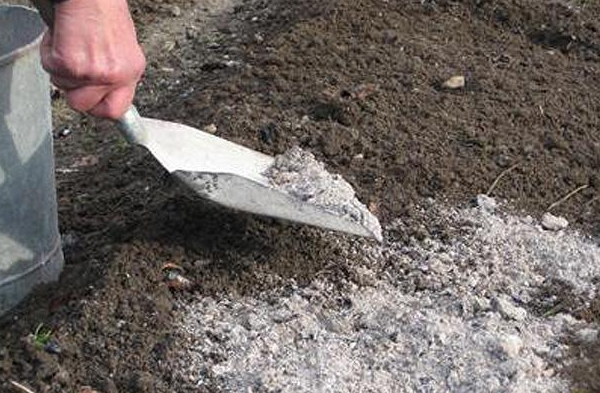
Complex fertilizer recipe
Complex fertilizers differ in that they contain more than one element. They are usually double and triple - according to the number of these elements. Growing tomatoes in the open field, most often they use urea, nitroammophos, potassium monophosphate, calcium nitrate. Gardeners praise "Kemira", "Universal", "Solution".

The beauty of complex fertilizers lies in the fact that they represent several useful substances, but the balance between these substances is important. When planting seedlings, each well can be filled with such a complex fertilizer: half a kilogram of humus, a tablespoon of wood ash, a teaspoon of superphosphate. It is a proven formula that gives the plant all the nutrients it needs to grow.Iodine is useful for plants - it protects them from many diseases, including fungal ones. And a solution of iodine in serum is said to increase the number of fruits. There are gardeners who, guided only by their experience and knowledge of the soil of their site, themselves make up complex fertilizers. This is dangerous for non-specialists - after such nutrition, plants can receive too much of one, too little of another element, and the difference between them can provoke the non-assimilation of the third.
Instructions for proper feeding
The condition of the soil determines the amount of top dressing carried out. Usually, at least 3 times per season, plants receive a portion of food, if necessary, more. Top dressing can be root and foliar. As a rule, they alternate.

Foliar is carried out until the moment when the fruits are full. They are more likely to produce results. For example, with a lack of nitrogen, which we were told by pale wilting leaves, foliar top dressing with urea will give them the right amount of nitrogen right for the intended purpose - the leaves and stems will consume it during spraying.
Plants should be sprayed early in the morning so that all the necessary elements are absorbed before nightfall, the temperature of the liquid cannot be less than +22 degrees. Root feeding should be done carefully, each plant should receive nutrition. It is best to do this after watering. Experts never tire of repeating that it is better to underfeed tomatoes than to give them too much fertilizer.
Video "Top dressing of tomatoes"
In this video, you will see how to fertilize tomatoes and what you need to do to get a rich, generous harvest.
